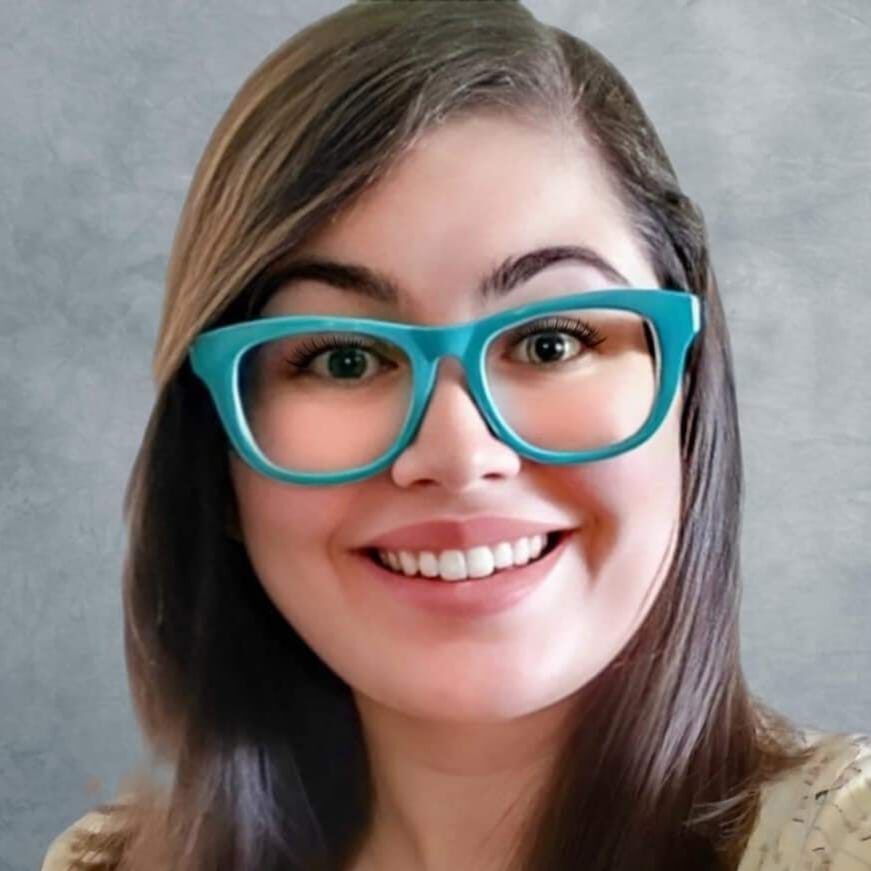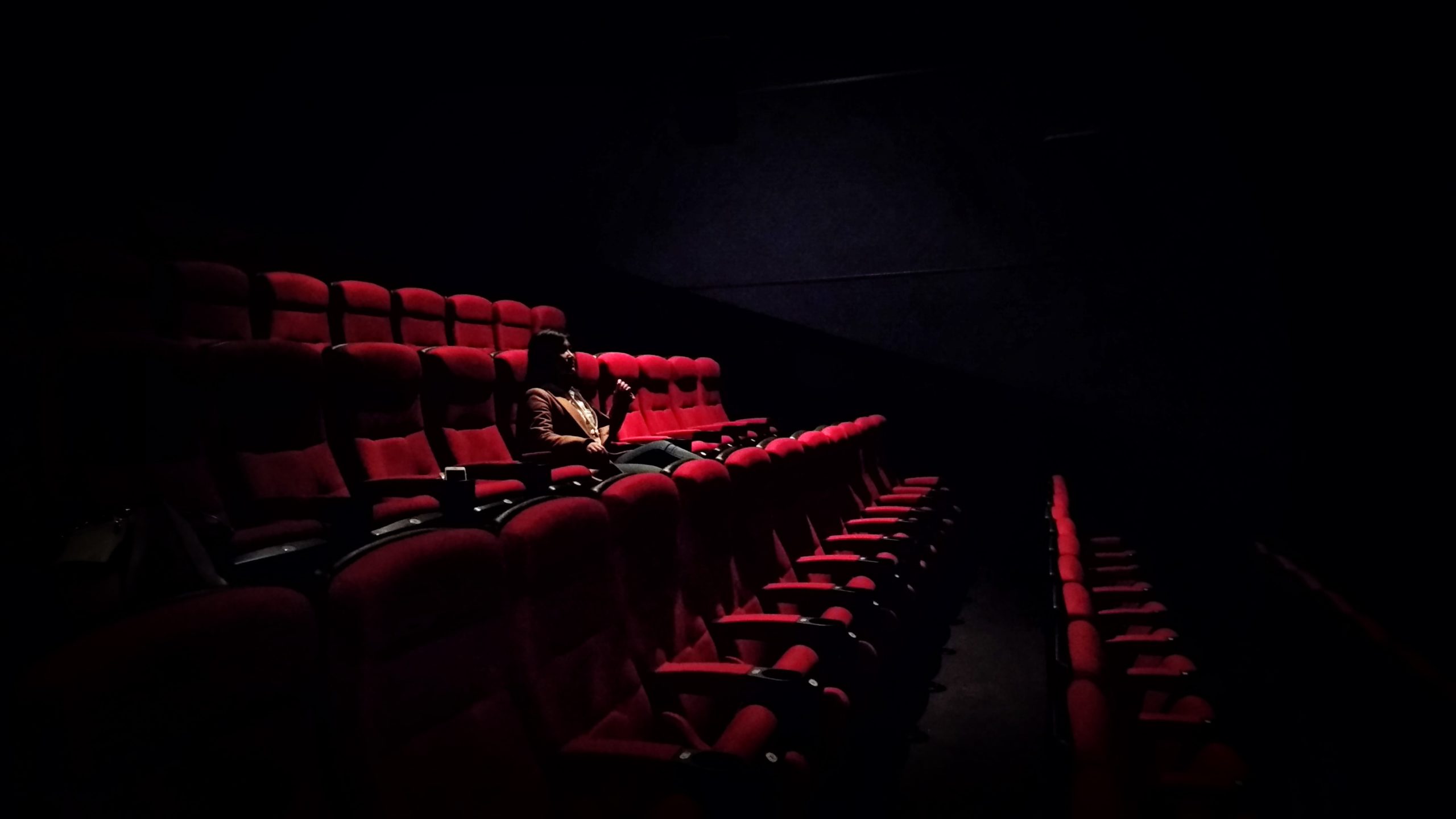
Critic Spotlight: December 2021
Samantha Baird
Idaho Falls, Idaho
Primary Outlet: Samantha Baird Performing Arts Services

Where do you write and how long have you been writing about theater?
I don’t review as much as I’d like to be today because of the pandemic, but I was writing for Front Row Reviewers in Utah through August 2020. I’ve been writing on my website more often.
How did you get involved in theater and in writing about it?
I’ve been involved in theater since sixth grade when I performed in a production of “Bye Bye Birdie.” I wasn’t always comfortable performing. I’m definitely more of a backstage behind-the-scenes type person.
In college, I found I really liked examining and writing about theater, especially after I started learning about dramaturgy. The summer term after my freshman year I took an introduction to theater class, and I really enjoyed the professor. A few years later I needed some more elective credits and I saw that the same professor was teaching a class called “dramaturgy.” I didn’t know what that meant, but I knew I enjoyed her teaching style, so I took the class and I absolutely fell in love with dramaturgy.
What led you to become a critic?
Dramaturgy related well to some writing and rhetoric classes that I was taking at the time. In one of my classes, “Writing About the Arts and Humanities,” I had to write about different kinds of arts and that led me to criticism. My first published writing was through First Row Reviewers in 2018. Their tagline is “Celebrating the GOOD in the Arts.” It’s not a bad thing to celebrate the good, but it’s not always how I think of as the best way to approach criticism.
Do you have an approach to writing about a piece of theater?
Lately I’ve been doing more writing about theater as a field and how theater influences other art forms like film and television, rather than reviewing specific pieces. I often draw on the diversity within myself when writing a piece and consider how that changes the way I view the world around me and how it will affect the way others view my piece and their truths.
I am an asexual, Hispanic (presenting as white) woman with depression and anxiety. My diversity is invisible, and I understand that I have a lot of privilege because of the way I present. So I try to look into characters and think about what audiences might not see right away about them. I ask myself what do we know or can we know about this character that we don’t immediately see.
Could you describe your reaction to a play that influenced your thinking?
In 2010, I saw “In the Heights” on Broadway, when I was 13. After I saw the film, I felt drawn to write about it when other writers raised the issue of colorism on stage and on screen. It was a new conversation to me in relation to this story. I wanted to write about it and my belief that saying someone is too light to be Hispanic is just another form of colorism.
Another production that had an impact on me was An Other Theater Company’s “Something to Cry About,” which was streamed last year. This company creates work by, for and about “others” — the queer community, BIPOC folks, women and humans of all sizes, ages, and abilities. This one-man devised show was about the experience of being Black in America and how it forms a person and the way they think.
What moved you to serve on ATCA’s Belonging, Equity, Inclusion & Diversity committee?
I wanted to promote what the B represents — belonging. I wanted to be a part of that. So much of what is unseen in our identities gets in the way of feeling like we belong sometimes. That’s worth considering and working on.
One thing that has affected me as a critic is my anxiety. Few people talk about the effects of mental health. No one really talks about what it means to be a theater critic with anxiety. When I see a show to review it, it is helpful to know the run time, what parking looks like around the venue, if there is an intermission and how long it is, etc.
What are your future plans?
I will graduate with my master’s degree in arts administration from Southern Utah University next summer and I hope to apply my background in dramaturgy to supporting playwrights. That has become a growing interest as I see festivals that claim to be supporting playwrights and then later hear comments from the playwrights themselves that contradict that claim.
Where does criticism fit in?
I’m not sure where it fits right now. But I definitely want to continue to participate in the conversation.
Three articles by Samantha Baird
(June 18, 2021) In the Heights: Let’s Talk About Colorism and Representation
(March 13, 2021) A New Play for Everyone
(November 17, 2020) An Other Theater Company Shoots and Scores with Something to Cry About
– Interview by Elizabeth Kramer. Edited for length and clarity.





Sorry, the comment form is closed at this time.